Scott Emblen-Jarrett’s Choice: Tip Marugg and Clark Accord
Each month, a Dutch-to-English translator shares literary tips by answering two questions: which translated book by a Flemish or Dutch author should everyone read? And, which book deserves an English translation? To get publishers excited, an excerpt has already been translated. Scott Emblen-Jarrett selected a haunting examination of alienation and existential despair, set against the backdrop of Curaçao’s landscape, and an unapologetic story of a woman who defied societal norms to become a legend in Suriname’s capital.
Must-read: ‘The Roar of the Morning’ by Tip Marugg
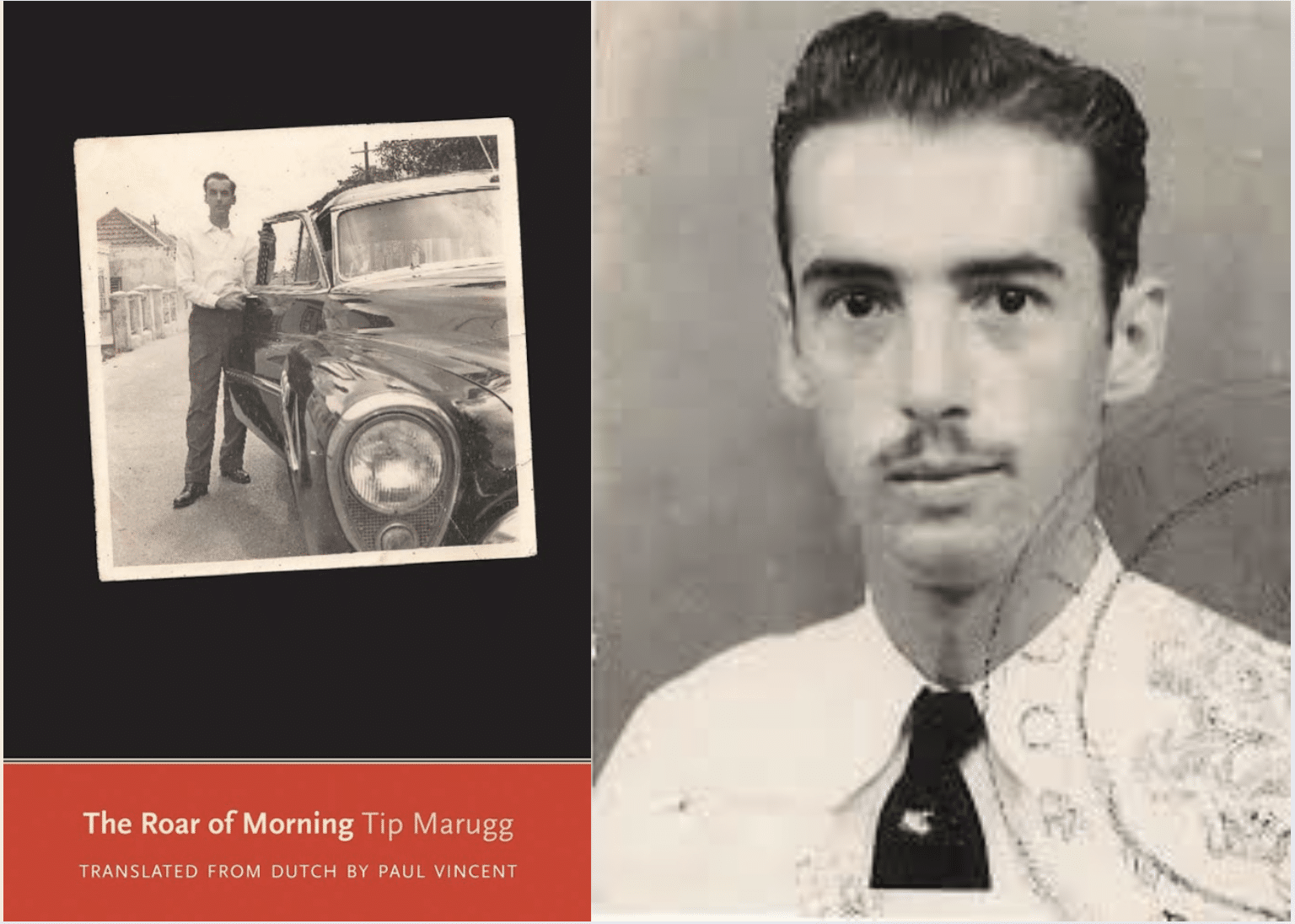 Tip Marugg
Tip MaruggCuraçao’s Tip Marugg (1923-2006) offers a valuable and richly worded insight into life in the Dutch Caribbean (an overlooked region in the Dutch language canon) in his final novel, The Roar of the Morning. A man’s bleak, alcohol-fuelled night provides the framework not only for an exploration of his own state of mind, but also the island of Curaçao and the power of its physical and human geography. Marugg’s prose is often dark and apocalyptic, providing an insight into the protagonist’s woeful past and present, and is visceral in its depiction of his mental state and his attempts to treat it, be it through alcohol or the intervention of the local kurandera. The text is interspersed with evocative descriptions of Curaçao’s natural beauty (the island’s birds being an especially repeated motif), while other sections highlight the aftershocks of the rise of tourism on the island and the traumatic legacy of slavery on the lives of Curaçaoans.
Marugg’s style has an air of magic realism, which is fitting given how he envisages Curaçao in cultural-geographic terms. Although the text is written in Dutch rather than his native Papiamentu, Marugg’s Curaçao is placed firmly within the greater (Latin) American sphere, and it is to the American continent and the Caribbean that Marugg looks as a cultural and literary foundation, rather than eastwards to Europe.
While in certain ways Marugg himself is at odds with his fellow Curaçaoans (being a white Protestant on a predominantly Afro-Caribbean and Catholic island), his writing holds up as a both an examination of alienation and a vision of life on Curaçao; indeed, as mentioned in Paul Vincent’s afterword, this feeling of alienation is one that crosses the racial divide, for “both [the black man and the white man] are aliens in this land where their umbilical cords are buried”. The Roar of the Morning holds up as a piece of psychological writing and is a fascinatingly dark exploration of Curaçao.
Tip Marugg, The Roar of the Morning, translated by Paul Vincent, Yale University Press, 2015, 144 pages
To be translated: ‘De koningin van Paramaribo’ by Clark Accord
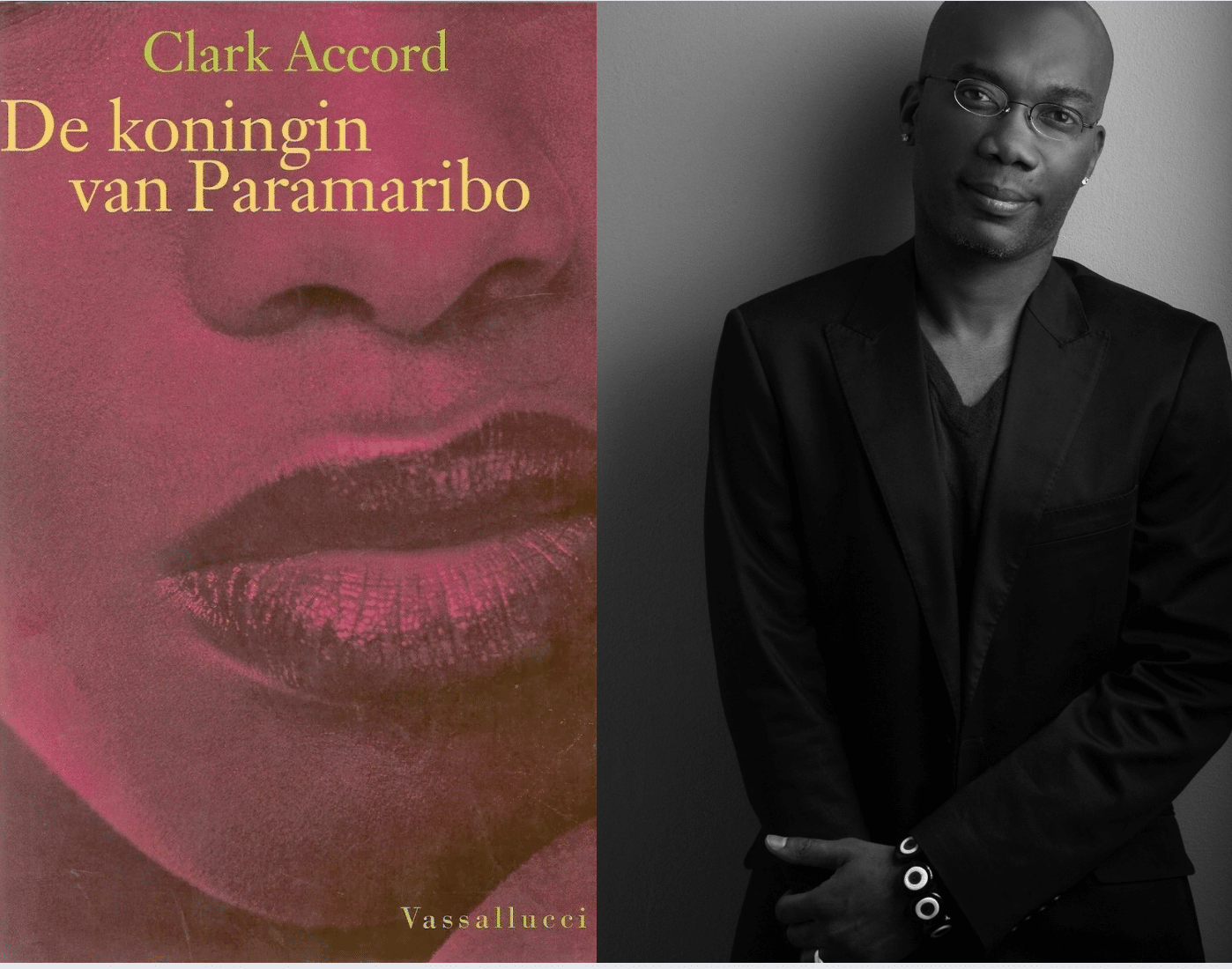 Clark Accord
Clark Accord© Dale Grant
De koningin van Paramaribo (The Queen of Paramaribo) by Clark Accord (1961-2011) depicts the life of Wilhelmina Rijburg, otherwise known as Maxi Linder, a prostitute who rose to a position of significant political and social influence in early- to mid-20th century Paramaribo. Linder is an exuberant figure; witty and outspoken, she is unafraid to flaunt her success and to use her wealth to better not only her own needs but also the lives of those around her. Her story is also bookended by tragedy, Accord’s evocative and accessible prose deals with this sensitively while not shying away from depicting the brutality of Linder’s personal and professional life.
Suriname’s 20th-century history acts as a narrative framing device for the novel, from the stirrings around Anton de Kom’s anti-colonial political activities, through the American “takeover” during the Second World War, right through to the effects of the early years of the country’s military dictatorship in the 1980s. The use of Sranantongo throughout (with a glossary at the back) further firmly highlights the novel’s Surinaamsheid and how to transfer this to an English translation would make for an interesting challenge.
Although his literary output was relatively small, Accord’s writing is a colourful and down-to-earth depiction of (Afro-)Surinamese life and De koningin van Paramaribo provides an excellent education not only on the culture of Suriname, but also the life of one of the country’s most colourful (if not notorious) characters.
Clark Accord, De koningin van Paramaribo, Vassallucci, 1999, 296 pages
Excerpt from ‘De koningin van Paramaribo’, translated by Scott Emblen-Jarrett
All mirrors and paintings were turned against the wall to stop the sight of the deceased from disturbing those present. The house hummed with a dull, excruciatingly slow singing designed to drown out the expressions of grief, with one hymn being struck up after another.
She lay there as if asleep. Seeing the relaxed features on her face, you would hardly believe Amalia had exchanged the mortal for the eternal. You would swear that at any moment she might open her eyes and look upon at the grieving people around her in complete astonishment. The pallbearers had dutifully carried out their task. The white headscarf with blue bird pattern was pulled up to just above her eyebrows, while an alanyatiki poked out the corner of her mouth.
The inside edges of the acapu coffin were decorated with headscarves folded into the shape of fans. The only part of the pepre-nanga-sowtu koto still visible was the upper part of the jacket, the rest hidden from view by a sea of flowers.
At her head lay numerous handkerchiefs, boxes of cigars and a solitary pipe; gifts to take with her on her journey to the afterlife.
***
In the front room, where the grieving families and friends had gathered, Trude found a place close to the coffin. Pressing her eau-de-cologne-doused handkerchief to her nose, she looked out at the space around and took it all in. Not long before she had born witness to Wilhelmina’s arrival; raucous uproar had broken out all around her when the soldiers had stepped out their truck, dragging Wilhelmina with them.
Wilhelmina had calmed down by this point. She sat rocking back and forth, staring into the middle distance with a vacant expression in her eyes. Dopie, one of her aunts, consoled her, an arm wrapped round her shoulder and fanning her with her headscarf as she pressed a handkerchief dotted with Limealcol to her nose.
A profound sense of compassion for Wilhelmina overcame her. She wanted nothing more than to walk over to her and take her in her arms. This was the first time she had seen Wilhelma without any jewellery. Had they taken it all from her? In spite of everything she could not fully put her curiosity to bed.
Wilhelmina wore a white shawl over her shoulders, a sign she was close family. She wore the lont’ede and the tompi, all symbols of deep mourning. It took great effort to pull her away from the coffin, as she clung to it with unexpected strength. Her woeful screams pierced to the marrow and had a contagious effect on the other mourners. Two women fell into each other’s arms shrieking, while a young woman on the other side of the coffin fainted and collapsed. Efforts were made to loosen the top of her dress and fan her down. As if a single entity, sobbing and rocking from left to right, a group of women formed a protective ring around her.
***
alanyataki: orange branch used for cleaning the teeth, but also stopping the use of foul language
lont’ede: a white headscarf worn for mourning, wrapped around the face and just above the eyes
koto: traditional dress worn by Afro-Surinamese women
pepre-nanga-sowtu: “salt and pepper”, a grey material used for a mourning koto
tompi: a mourning headscarf wrapped around over the head and tied under the chin, usually worn over the lont’ede




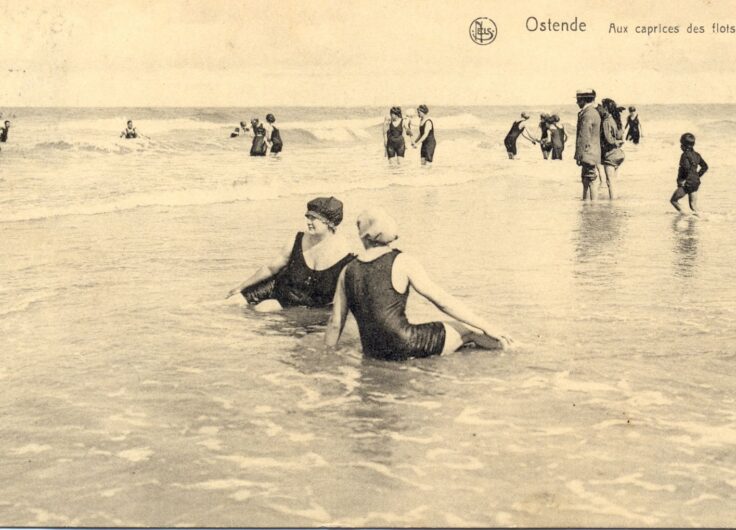
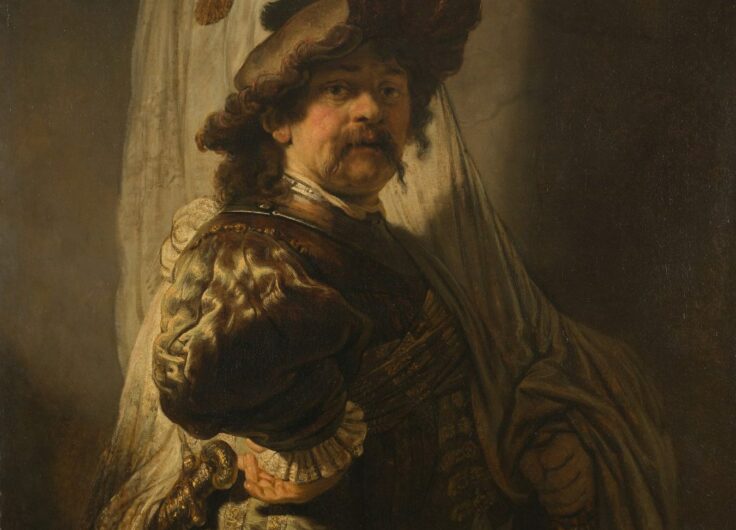
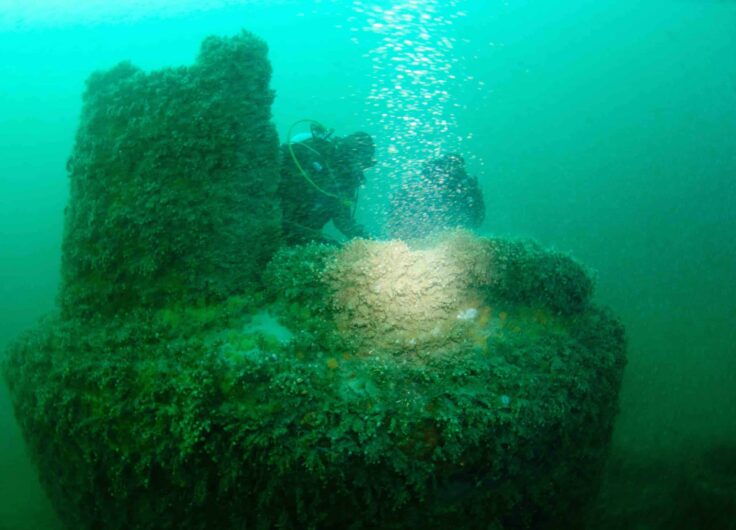
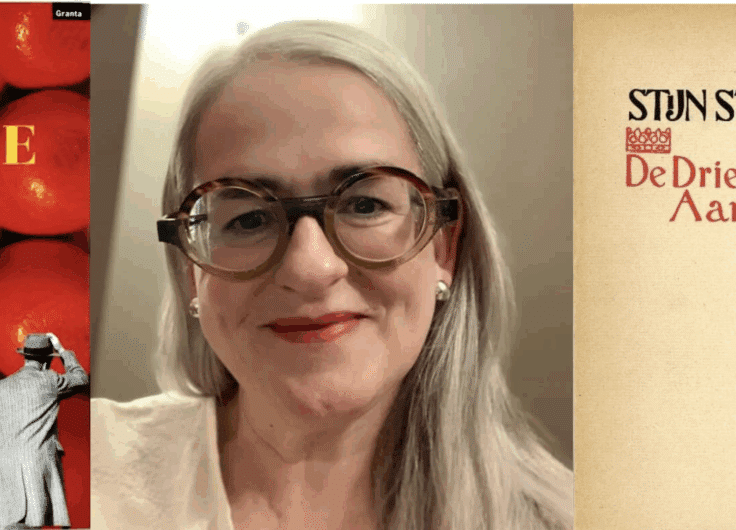





Leave a Reply
You must be logged in to post a comment.